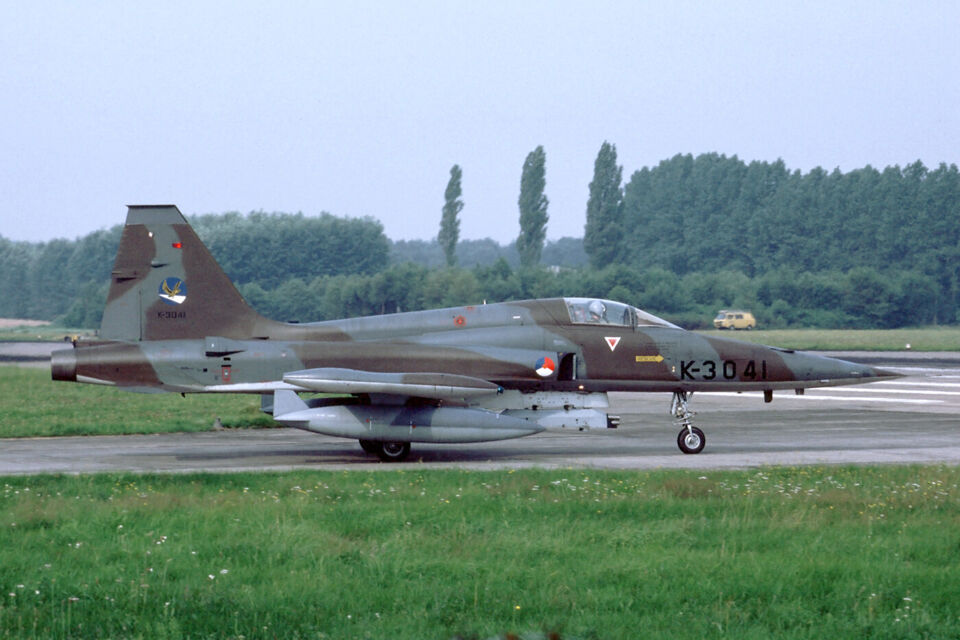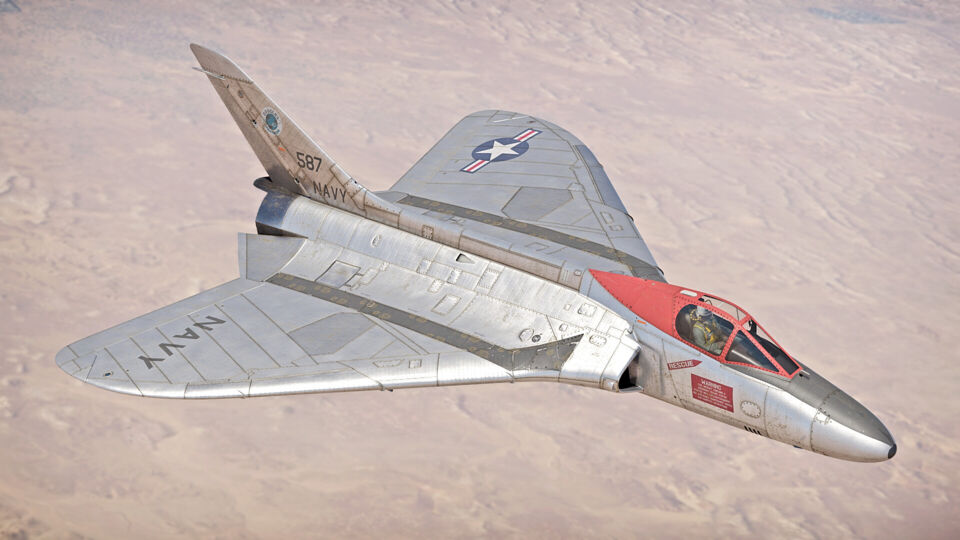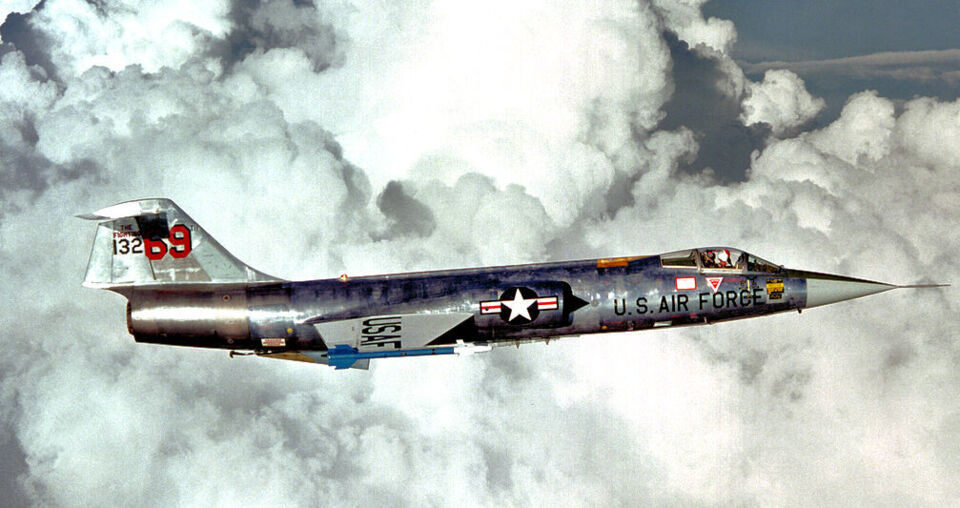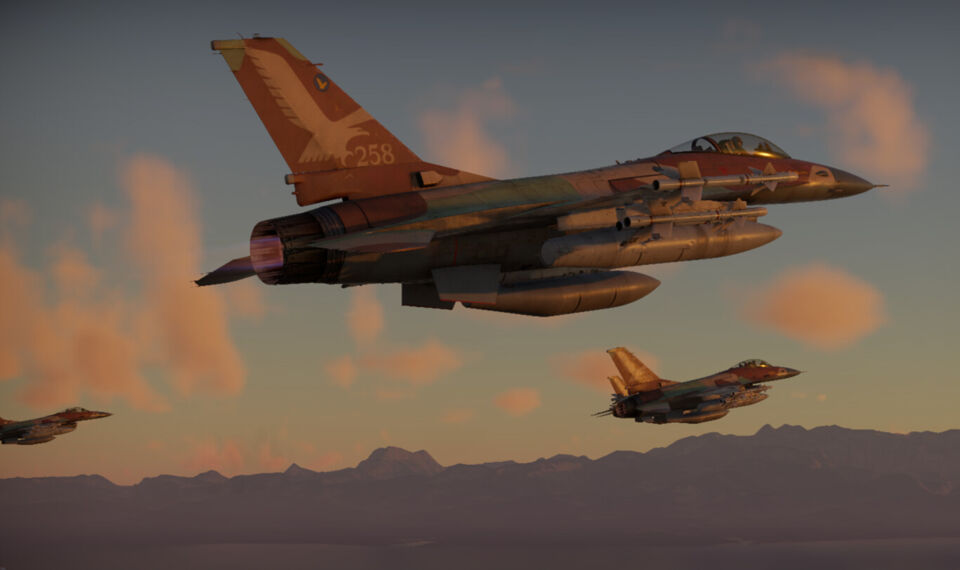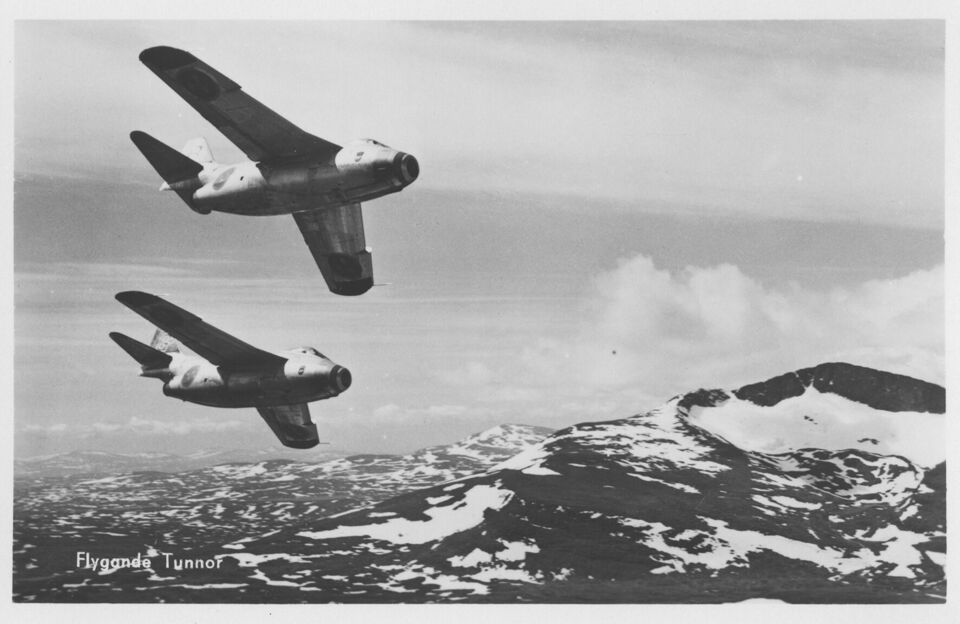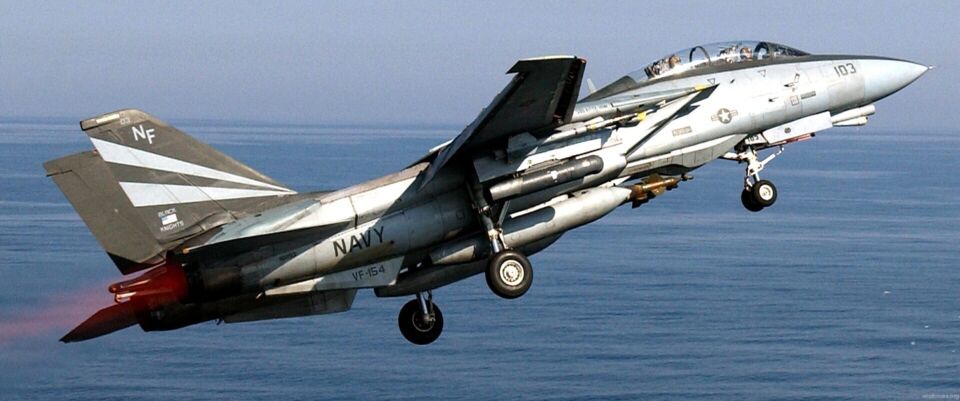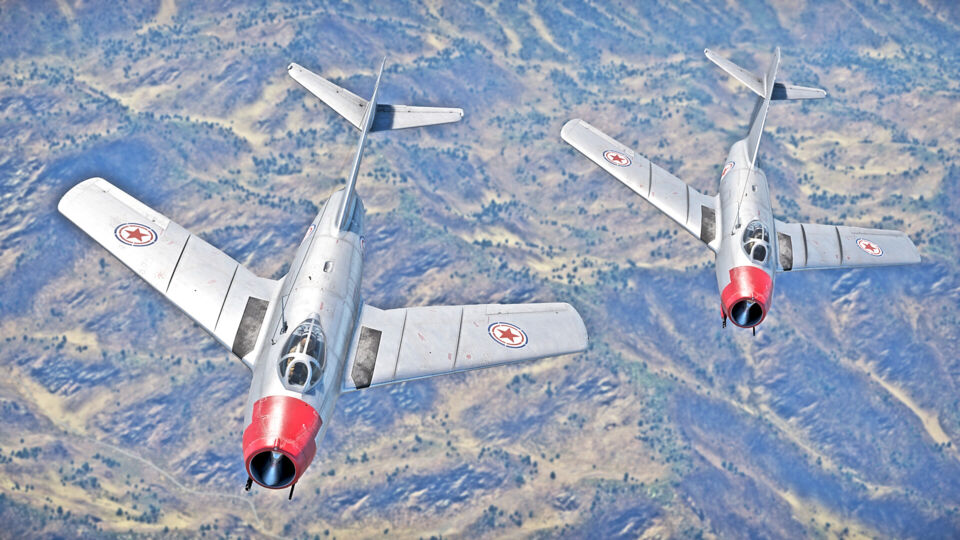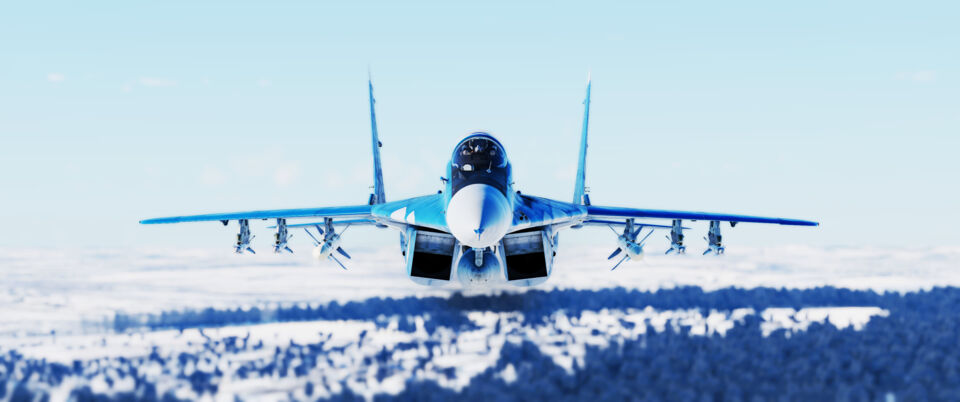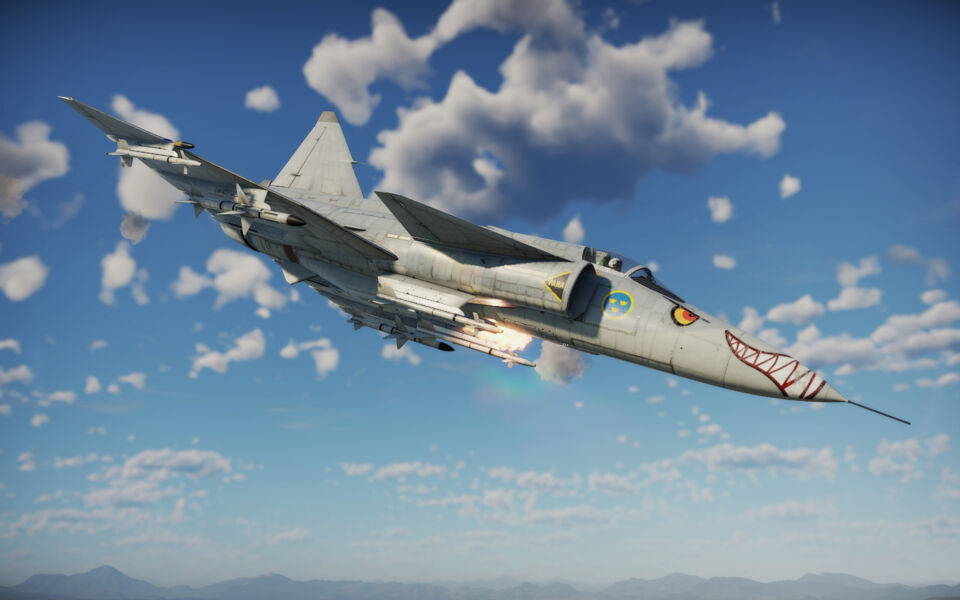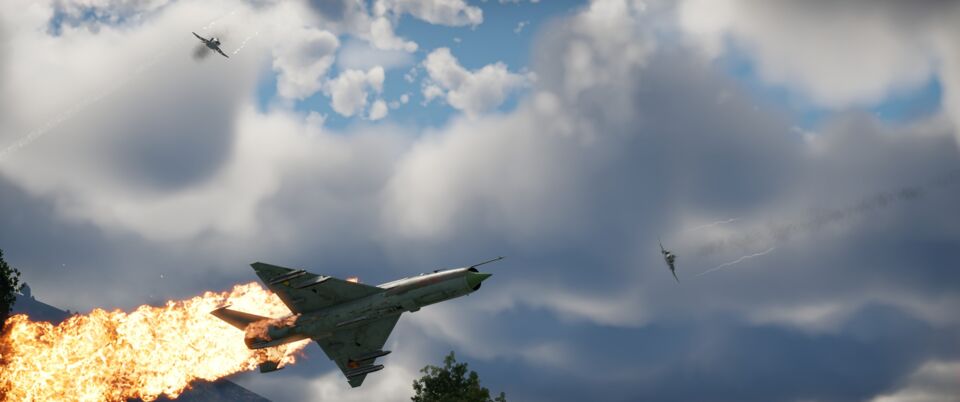#jet_fighters
The NF-5A aircraft were acquired by the Netherlands in the late 1960s to replace the ageing F-84F Thunderstreaks that were still serving in the strike and close-support role within the Royal Netherlands Air Force (KLu). The Netherlands initially considered multiple fighter-bomber options, including the Mirage III, but ultimately selected the F-104G for interceptor duties. A second procurement program was then launched to find a more affordable tactical fighter to support ground forces, leading to the choice of a uniquely Dutch variant of the F-5 Freedom Fighter.
The F4D-1 is the only carrier-capable delta-winged fighter which was employed by the US Navy. The plane itself represents the era of early jet aviation when designers experimented with unusual solutions. In the game, the F4D-1 Skyray differs significantly from other jet fighters and aircraft with similar wings. Like the latter, it can turn sharply toward the enemy, and it carries good weapons. However, its low maximum speed is disappointing, and like other delta wings, it quickly loses energy. So, how do you play it?
The Starfighter, the Lawn Dart, the Widowmaker, the Missile with a Man it it; regardless of what you may know it as, it’s impossible to deny its influence on military aviation. The first mass-production airframe to ever reach Mach 2, the F-104 was, and still is, used across the globe by both numerous national air forces and private owners alike. Its design echoed the role it was made for, trading complexity and a wide selection of ordnance for a simple design, made for raw speed. While its many nicknames earned it the dubious honor of being an accident-prone aircraft in popular media, it was still an incredibly unique and capable fighter for its time, only being roughly matched in speed by the MiG-21 a few years later.
The Netz (נץ, or Hawk) is the dedicated Israeli export version of the feared F-16A Block 10 single-seat fighter aircraft. With its large plethora of both air-to-air and air-to-ground ordnance options ranging from the mighty Python to the AGM-65B, it has a loadout for most situations you will come across at this BR. Additionally, its 20 mm M61A1 Vulcan autocannon is a force to be reckoned with, being able to shred any air target it faces with ease. Thanks to its agility and strong thrust-to-weight ratio, the Netz also shines in dogfights, able to hold energy well and out-turn many opponents.
The SAAB 29, commonly known as the "Flygande Tunnan" or "Flying Barrel", was Sweden's first mass-produced jet fighter. Developed in the aftermath of World War II as Europe's first swept-wing jet fighter, its remarkable performance, adaptability, and family of variants extended its operational life from the early 1950s into the late 1970s, and propelled Sweden to the forefront of jet fighter development in the years to come.
Did you know that the F-14A, the original variant of the legendary naval fighters, served with the U.S. Navy until 2004? Throughout its long and distinguished service, the F-14A underwent a series of significant upgrades that transformed it from a dedicated fleet air defense interceptor into a versatile multi-role fighter. This topic explores the key enhancements made to the A-model since 1977, tracing its evolution into a formidable platform with both potent air-to-air and precision air-to-ground capabilities.
The Soviet MiG-15 gained fame during the Korean War as the F-86 Sabre's most notable adversary. Its swept wing, powerful engine, and small size gave it a significant advantage over its outdated enemies and predecessors, such as the F-84 and MiG-9. Due to these characteristics, it was also used by Hungary, China, East Germany, and many other Soviet allies. In the game, the MiG-15 shines with its excellent maneuverability, energy retention, impressive climb rate, and strong airbrake—so useful when fighting Sabres. But are these characteristics offset by poor gun position, awful roll, and ineffective rudder?
The Romanian MiG-29 Sniper was a cancelled program to upgrade Romania’s fleet of MiG-29 Fulcrum aircraft with modern Western technology. These upgrades include the addition of a digital radar warning receiver and a modernized cockpit with colored MFDs and a western-style HUD. In the skies, the Sniper performs like its Soviet, Hungarian, and German counterparts, but it has the added advantage of being equipped with more modern avionics.
The JA37C “Viggen” is a Swedish indigenous fighter developed from the successful AJ37, first seeing operational service in 1980. Designed to replace the J35 Draken as Sweden’s primary air defense fighter, the Viggen was capable of many unique things, such as being able to operate from extremely short runways with its short takeoff run and thrust reversers for landing. A unique canard design, the Viggen served the Swedish Air Force well, being retired in 2007 after handing over its job to the JAS 39 Gripen.
The F-4E is an American 3rd generation fighter jet built to address the significant flaws found in the earlier F-4C, most notably its lack of a built-in cannon armament and countermeasures. The upgrades it received gave the F-4E a very wide appeal with export customers and made it the baseline for the vast majority of export variants to the air forces of Western-aligned nations. While many of these exports, like those to Germany and Japan, would receive downgraded avionics, a lack of radar-guided missiles, or reduced flight performance, Israel’s F-4E “Kurnass” fighters are almost identical to their American counterparts, excluding the switch to AIM-9D/G Sidewinder missiles used by the United States Navy. Regardless, American and Israeli players can benefit from the F-4E’s very user-friendly playstyle, with a very high skill ceiling that provides all the tools necessary for success when flying it.
